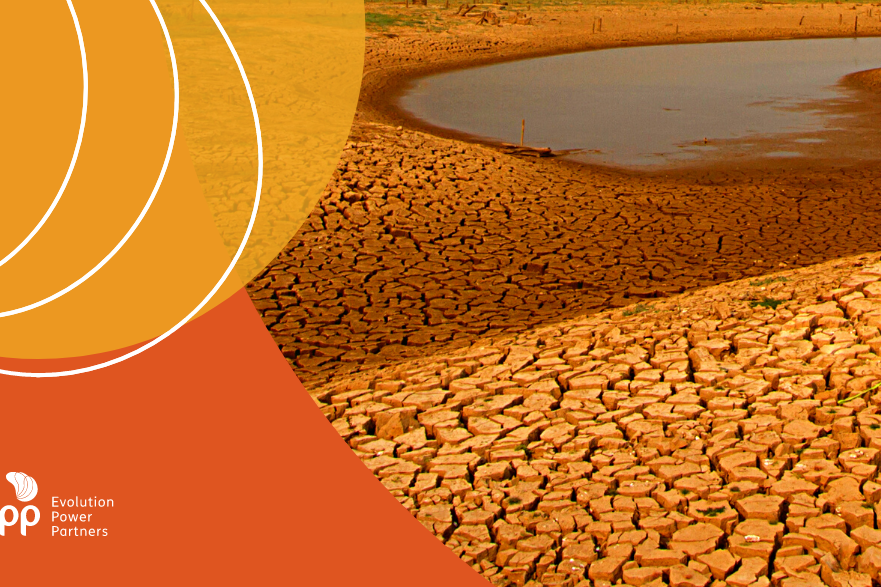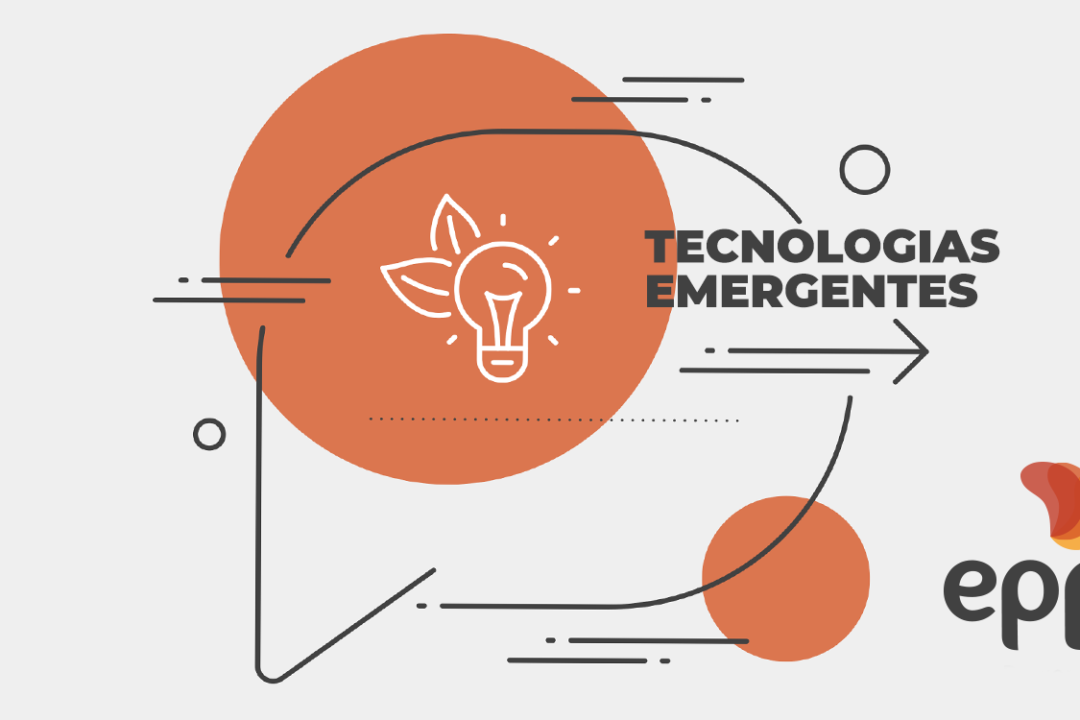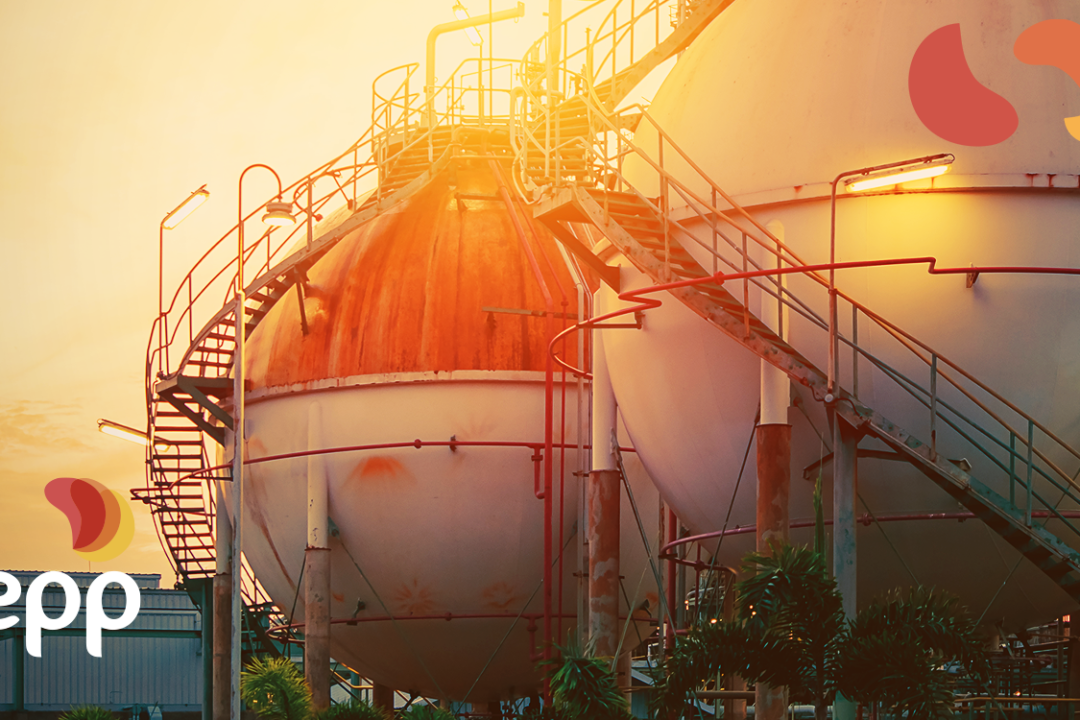Did you know that almost half of the energy consumed in Brazil comes from renewable sources? See how the Brazilian energy matrix is composed!
Unlike most countries, Brazil has almost half of its energy matrix from renewable and clean sources, while the world energy matrix is composed of only 14% of renewable sources. In Brazil, these sources total 46.2%, according to data from the Energy Research Company (EPE).
The energy matrix represents the set of energy sources available in a country to supply its energy demand. In the case of the Brazilian energy matrix, the sources are quite diverse, composed of renewable and non-renewable sources. Understand better!
The composition of the Brazilian energy matrix
With the indiscriminate use of fossil fuels in recent centuries, global warming has become a reality, increasing the urgency for a more renewable and less polluting world energy matrix. In this case, Brazil is already ahead with a large part of the production of energy from hydroelectric plants, biomass, solar and wind energy. See how the distribution takes place.
Petroleum and derivatives
The source that has the greatest use in the country’s matrix, 34.3%, is a non-renewable source. Oil is still the most used option due to its availability and value. Historically Brazil is a country in which electricity is predominantly produced by hydroelectric power plants. However, oil products play an important role in the peak demand of the electricity system and supply to municipalities and communities not served by the interconnected system.
Derivatives of sugar cane.
Then, with an 18% share, are sugarcane derivatives. Ethanol is a biofuel produced through biomass and the use of fuel has been gaining prominence and becoming an alternative to gasoline. This option emits far less pollutants and has a viable cost for large-scale production. In 2020, Brazil recorded a total of 35.6 billion liters from sugarcane and corn, the largest ethanol production in history.
Hydraulics
Because it has many rivers and waterfalls, Brazil has a large part of its electric energy produced by hydroelectric plants. Thus, this renewable and clean source represents 12.4% of the country’s total energy production.
Currently, there are more than 140 plants in operation, with emphasis on the Itaipu Hydroelectric Plant (Paraná), Belo Monte Hydroelectric Plant (Pará) and São Luiz do Tapajós Hydroelectric Plant (Pará).
Natural gas
Natural gas represents about 12.2% of the energy matrix. Its exploration can be done in terrestrial or maritime fields. However, in Brazil, a large part, about 80% of production, comes from fields located at sea. Its use occurs in the production of energy, heating and fuel for vehicles.
Firewood and charcoal
This source represents almost 8.8% of the matrix and the charcoal is obtained by burning the wood, resulting in the black substance. It is used as fuel for heaters, fireplaces, barbecue grills, wood stoves, in addition to supplying some industrial sectors, such as steel mills. The big problem with this source is that it increases deforestation.
Other Renewables – Solar and Wind Energy
Although they represent only 7% of the energy matrix, the solar and wind energy sectors have been growing a lot in recent years. According to Absolar, the number of photovoltaic panels installed in 2020 increased by 70%, generating 7.5 gigawatts – which represents almost half of the Itaipu hydroelectric plant. According to ABEEólica, the installed capacity of power generation through winds reached the 16 GW mark in the first half of 2020 in Brazil.
Mineral coal
Mineral coal is another fossil fuel that damages the environment. Its share in the matrix is 5.3% and the trend is that this value will decrease over the years both in Brazil and in the world. This fuel is widely used in steel mills and thermoelectric plants for energy production.
Nuclear
Nuclear energy represents only 1.4% of the matrix. In the country, there are Angra 1 and Angra 2 plants in operation and Angra 3 that is still under construction. Together, the two produce 2,000 megawatts. This source is an outlet for decarbonization of the matrix, however, the cost of production is quite high compared to other sources. There is still 0.6% of production that comes from other non-renewable sources.
Therefore, it is possible to see that the Brazilian energy matrix is already in transition to renewable and clean options. In addition, with the diversification of the matrix, the country is not dependent on imports and does not suffer from possible crises.






